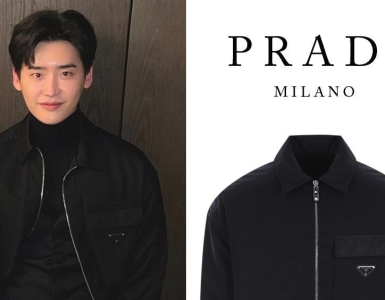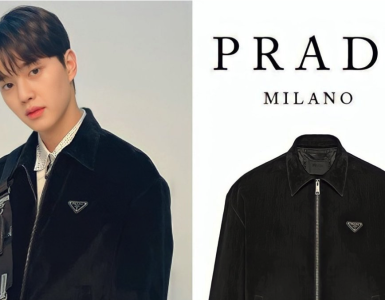In the dynamic world of fashion, wholesale women’s clothing plays a pivotal role in shaping trends, satisfying consumer demands, and driving the global apparel market. From boutique owners to e-commerce giants, retailers rely on wholesale suppliers to stock their shelves with the latest styles, offering a diverse range of options to their clientele. In this comprehensive guide, we delve into the realm of wholesale women’s clothing, exploring its significance, trends, challenges, and opportunities.
The Significance of Wholesale Women’s Clothing
Wholesale women’s clothing serves as the backbone of the fashion industry, facilitating the distribution of apparel from manufacturers to retailers. This business model allows retailers to purchase merchandise in bulk at discounted prices, enabling them to maintain competitive pricing and higher profit margins. Whether it’s fast fashion or luxury labels, wholesalers cater to diverse market segments, offering a wide array of clothing options ranging from everyday basics to high-end couture.
Moreover, wholesale women’s clothing fosters accessibility and inclusivity in fashion by ensuring that a broad spectrum of consumers can access trendy and affordable clothing options. It also enables small businesses and independent designers to bring their creations to market without shouldering the burdensome costs of manufacturing and distribution.
Trends in Wholesale Women’s Clothing
The landscape of wholesale women’s clothing is constantly evolving, influenced by shifting consumer preferences, technological advancements, and global socio-economic trends. Some prevalent trends in this space include:
- Sustainability: With growing awareness about environmental issues, there is a rising demand for sustainable and eco-friendly fashion. Wholesale suppliers are increasingly offering organic fabrics, recycled materials, and ethically produced garments to cater to this eco-conscious clientele.
- Digital Transformation: Technology has revolutionized the wholesale fashion industry, with many suppliers embracing digital platforms for product showcasing, ordering, and distribution. Online marketplaces and virtual showrooms have become integral components of the wholesale purchasing process, facilitating seamless transactions and global reach.
- Fast Fashion vs. Slow Fashion: While fast fashion remains popular for its affordability and rapid turnover of trends, there is a growing backlash against its environmental and ethical implications. As a result, the slow fashion movement is gaining traction, promoting quality over quantity and advocating for transparent and sustainable supply chains.
- Inclusive Sizing: Recognizing the diversity of body shapes and sizes, wholesalers are expanding their offerings to include a broader range of sizes, ensuring that women of all proportions have access to stylish and well-fitting clothing.
Challenges and Opportunities
Despite its significance and growth potential, the wholesale women’s clothing industry faces several challenges, including:
- Competition: The market is highly competitive, with numerous wholesalers vying for retailers’ business. Differentiating oneself in terms of product quality, pricing, and customer service is crucial for success.
- Supply Chain Disruptions: Global events such as natural disasters, political instability, and the COVID-19 pandemic can disrupt the supply chain, leading to delays in production and distribution.
- Sustainability Concerns: Balancing the demand for fast fashion with sustainability goals poses a challenge for wholesalers. Finding environmentally friendly manufacturing practices while maintaining cost-effectiveness requires innovative solutions.
Nevertheless, these challenges also present opportunities for growth and innovation. Embracing sustainable practices, leveraging technology for efficient operations, and tapping into niche markets are some strategies wholesalers can adopt to thrive in this competitive landscape.
Conclusion
Wholesale women’s clothing plays an integral role in the fashion ecosystem, connecting manufacturers with retailers and consumers worldwide. It embodies the diverse and ever-evolving nature of fashion, catering to varying tastes, preferences, and lifestyles. By staying attuned to consumer trends, embracing sustainability, and leveraging technology, wholesalers can navigate the challenges and seize the opportunities presented by this dynamic industry, ensuring continued success in the years to come.

















Add comment